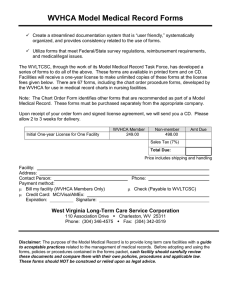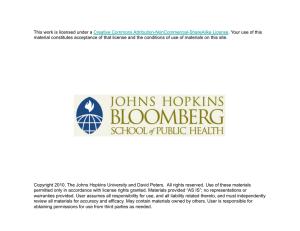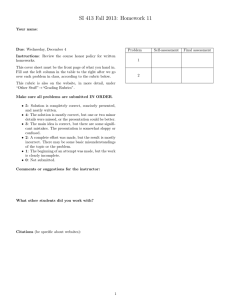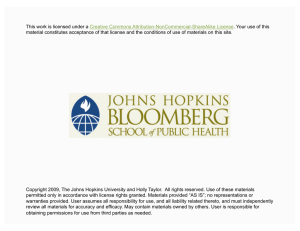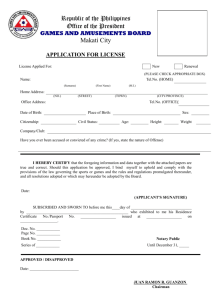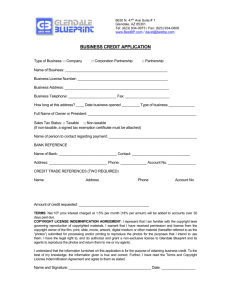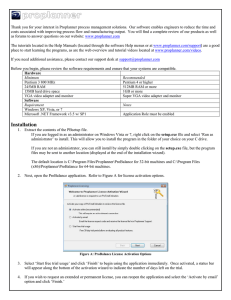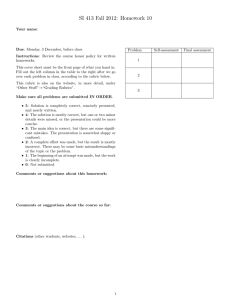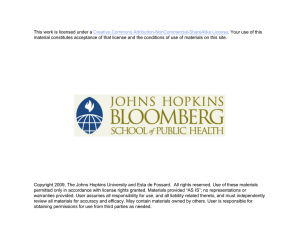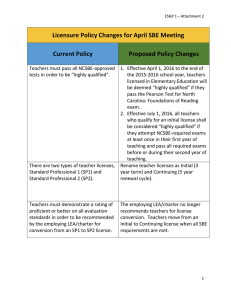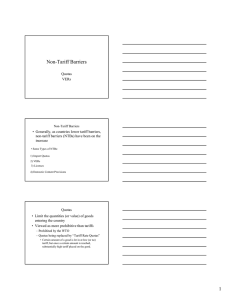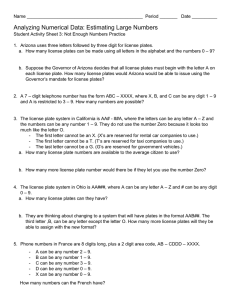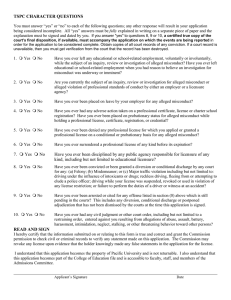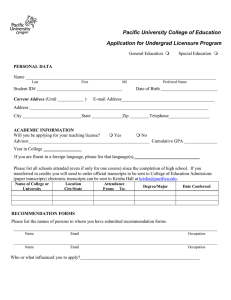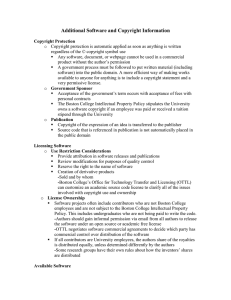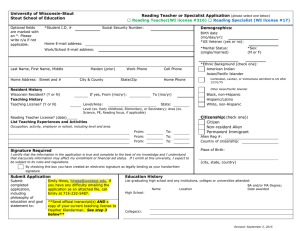Supply and Demand: Quantity Controls - Abernathy
advertisement
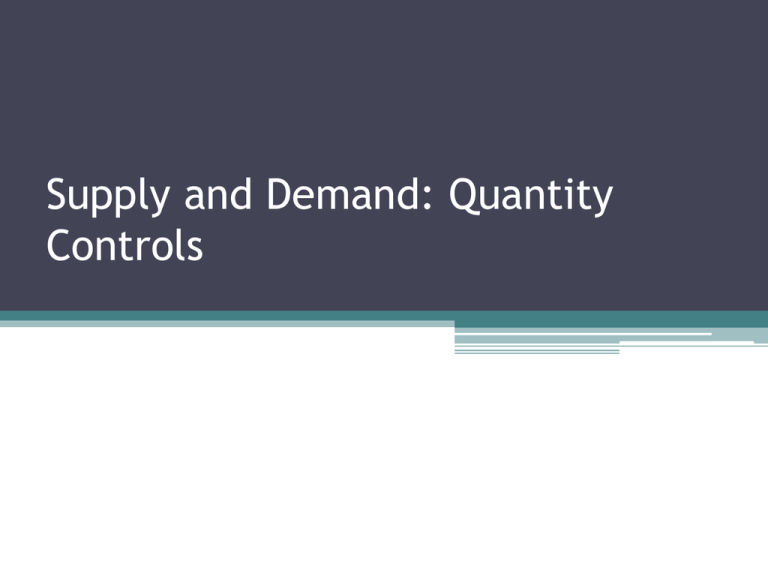
Supply and Demand: Quantity Controls Controlling quantities • Quantity control or quota ▫ Is an upper limit on the quantity of some good that can be bought or sold • This a government action and typically government limits quantity in a market by issuing a license ▫ Only people with the license can get the supplied good Examples: Foreign currency Quantity of clams NJ fishing boats can catch NY taxi medallions • Most cases quantity controls are introduced to solve an immediate problem but become politically hard to remove later • Quantity controls have certain predictable and undesirable economic consequences Quantity controls ask two questions At what price will consumers want to buy x per year? The price at which consumers want to buy a given quantity is the demand price At what price will producers want to supply x per year? The price at which producers will supply a give quantity is the supply price. • In every case in which supply is legally restricted there is a wedge between the demand price and supply price of the quantity transacted ▫ This is called quota rent The earnings that accrue to the license holder from ownership of the right to sell the good. It is equal to the market price of the license when the licenses are traded. Cost of quantity controls • Inefficiency due to missed opportunities ▫ Quantity controls prevent mutually beneficial transactions from occurring ▫ This is also known as dead weight loss The lost gains associated with transactions that do not occur do to market intervention.

